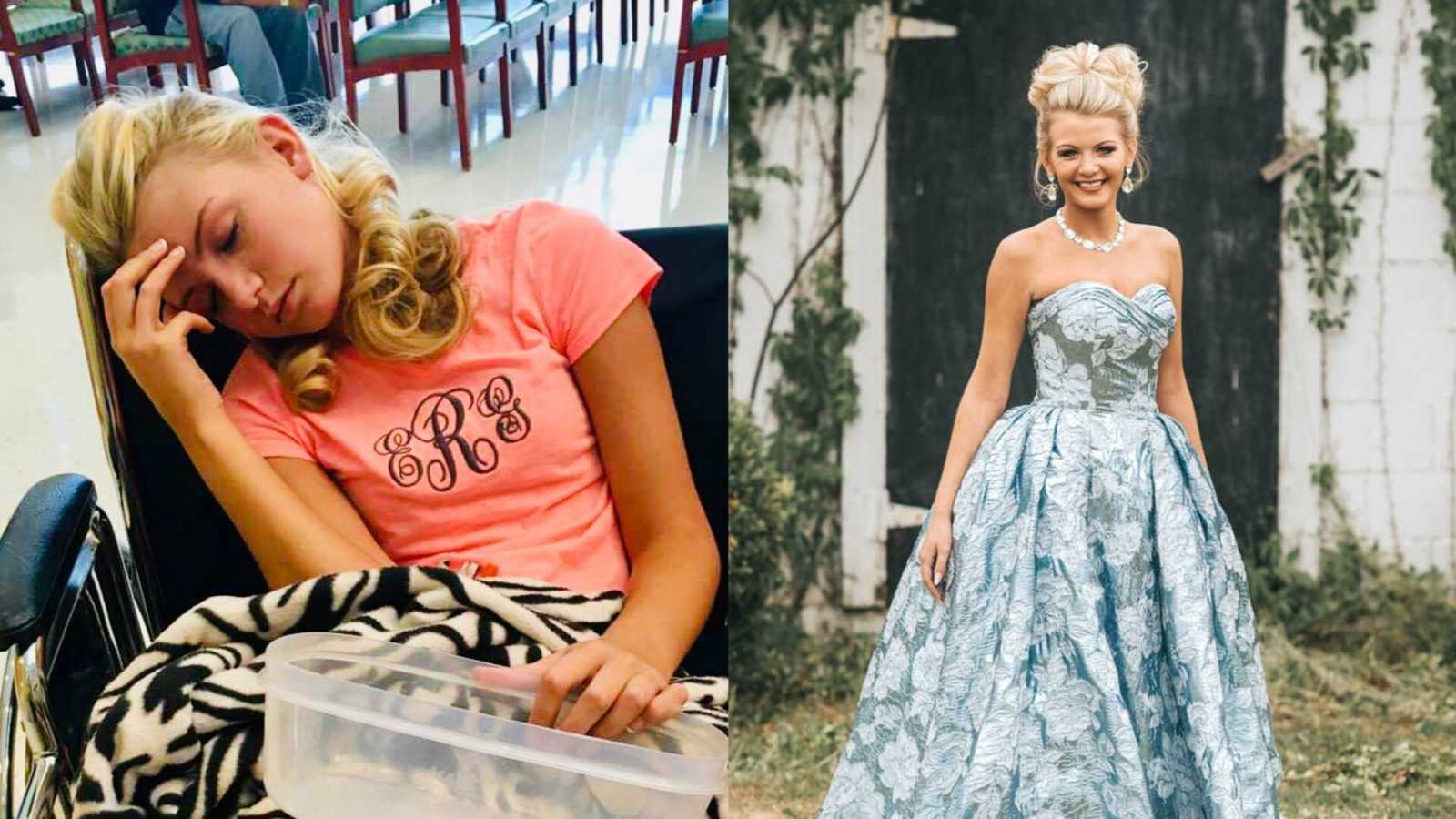“As a small child, our daughter, Emily Grace Rowland, now 16, hit all of her developmental milestones on time, if not early. She was walking by a year old, talking in complete sentences… nearly full conversations by 16 months, and reading at 2 years old. She started school a year early, was exceeding in all areas of learning, and eventually tested into the gifted program, so we had no idea that something terrible was going on in her brain that would eventually disrupt our entire lives.
The second oldest of our five children, Emily was always full of energy. She could sometimes be cantankerous, and ran circles around other kids. However, at age 3, when she began pre-K, she started complaining of severe headaches and would become nauseated and extremely sleepy. We were advised to get her vision checked to make sure that wasn’t an issue as she was trying to focus on the board at school, but her vision turned out to be 20/20. As an infant, she would become violently ill on road trips, which we just chalked up to normal car sickness and treated it as such, and as a toddler, we would sometimes have trouble getting her attention, especially if she was watching television, but thought it was just her being a kid and not paying attention to us because she was enamored by something more entertaining. None of these things threw up red flags for us until later down the road, and then, only in hindsight.
As she neared 3rd grade, Emily began missing more school due to extreme lethargy, headaches, vomiting and dizziness. She would appear to be ‘drunk’ or ‘high’ as her eyes would become glazed over and glassy and her pupils became dilated. At the time, we lived in Richmond Hill, Georgia, and her doctors had diagnosed her with complex migraines, but despite the treatments, she just simply got worse. Emily continued to push through, maintained all A’s in school and, in July of 2010, we moved back to my hometown of Warner Robins, Georgia. Her condition was so bad that my mom had made arrangements for us to see a Pediatrician the morning we arrived, and that turned out to be a critical turning point in all of our lives.
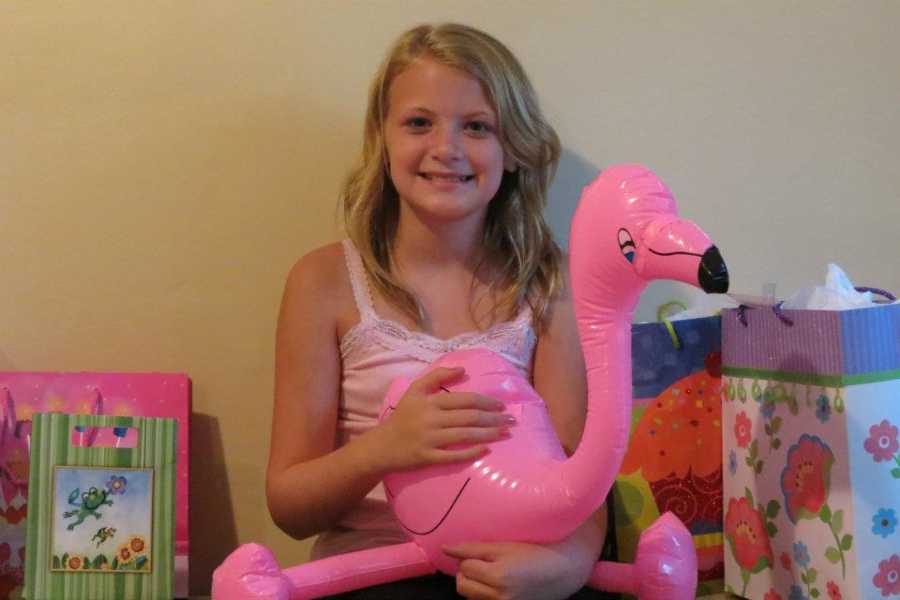
I firmly believe that, in life, God places the right people in our lives at just the right moment. I believe whole-heartedly that is the case with our pediatrician, Dr. Helen Louise Moore, of Cornerstone Pediatrics. The second she saw Emily, she told us that she didn’t think Emily merely had headaches, but she suspected these were seizures and immediately scheduled an EEG at our local hospital. Within a few days, we were told that Emily had Epilepsy. Had it not been for Dr. Moore, Emily’s health issues would have gone undiagnosed for much longer.
The diagnosis of Epilepsy threw us for a loop since Emily had never had a convulsive episode (until December 6, 2014, after three straight days of cluster seizures and unresponsiveness, she did have a grand mal seizure and stopped breathing). She had never ‘appeared’ to have had a seizure, but as the pediatric neurologist told us, there are many different types of Epilepsy, and that not all epileptic episodes include seizing. Emily was diagnosed with generalized non-convulsive epilepsy with intractable epilepsy, meaning she had what most would call ‘staring spells,’ but hers were very severe and would sometimes last for days instead of seconds or minutes. She would go into a deep sleep and would end up in the hospital because she could not eat or drink, nor take her medicines by mouth, so she would have to be given fluids and her medications through IV to sustain her. These episodes of ‘sleep’ were actually comas, and her brain was shutting itself down to try and recuperate from the constant misfiring.
We learned that the reason she became ill on road trips was because the light flashing through the trees as we drove down the interstate mimicked a strobe light which then triggered seizures. We also learned that when we thought she was just not paying attention, she was actually having a seizure and had no clue as to what was going on around her. The headaches were symptoms of the seizures and although she does have a migraine disorder, it was only masking what was actually happening. Her forgetfulness, which we reprimanded her for, as all parents would, thinking their child was just being irresponsible, was because she was actually missing periods of time throughout the day when the seizures would occur. For a long time, and still now, we feel guilty for fussing at her, but we had no clue at the time. Parents of chronically ill children carry an insurmountable amount of guilt for things they did or did not do because they simply had no idea that their child was sick.

Emily has always been a very self-motivated, academically driven, competitive child. She is a perfectionist who expects a lot from herself and thrived at everything she did. For much of her life, everything she touched turned to gold. After her diagnosis, things started to change for her. Despite the countless medications and specialists, her condition over the last 8 years has continued to deteriorate. She has been unable to attend school for the last two and a half years. She should be looking forward to her senior year next year, but will not be graduating as she is so far behind and currently unable to retain information long enough to take tests.
She has been diagnosed with a form of dementia as a result of the constant seizing as well as medication fog, and we have found out through a series of spinal taps and blood panels that she has two genetic mutations in her DNA, identified as CACNA1A and scarb2. (Her father has one of them and I have the other but neither of us have a seizure disorder, so previous specialists didn’t think it was the cause of Emily’s. That has since changed and her current specialists are studying this as these mutations can cause calcium channel disorders which result in seizure disorders). Before Emily’s condition got to this point, she enjoyed competing in pageants, and used that as a springboard to promote her platform, which she titled ‘Epilepsy is My Gift,’ in which she shared her life’s journey of living with a severe brain disorder and how she overcame those obstacles. She was very passionate about this and often spoke in public forums, reaching out to those who also faced similar challenges in life. Over the course of the last three years, Emily’s cognitive abilities and stamina have regressed, and she has been unable to continue these activities, which is frustrating for her and often leaves her feeling alone and alienated.

Since her diagnosis almost eight years ago, Emily has been to and exhausted the capabilities of countless specialists, even being turned away by some before even attempting to treat her, because after reviewing her medical records and additional diagnoses of Epileptic encephalopathy and ESES (Electrical Status Epilepticus during Sleep) they say she is too complicated. All of these disorders are very rare and her cases are severe. It is not normal for someone to have as many of these disorders as she does. This is not typical epilepsy and certainly not the type of seizures you seen on TV or in movies.
Emily’s brain misfires more than 80% of her life, even during sleep. She has been hospitalized hundreds of times, been in a coma, has stopped breathing, her heart has stopped and she has had to be resuscitated. She battles periods of plummeting blood pressure, bouts of depression, and is at great risk for SUDEP (Sudden Death in Epilepsy) as she often looks blue, especially during sleep and during prolonged and severe episodes of cluster seizures. Over the years, I tried to explain this look to many specialists but were told (until recently) that it was nothing to worry about. We have recently acquired a new team of Epileptologists at Scottish Rite Hospitals in Atlanta, Georgia, that have re-diagnosed Emily with Focal Seizures with loss of consciousness and has told us that the reason she often looks blue or gray is because she is cyanotic and in grave danger because her brain is not communicating with the rest of her systems so that they work properly.
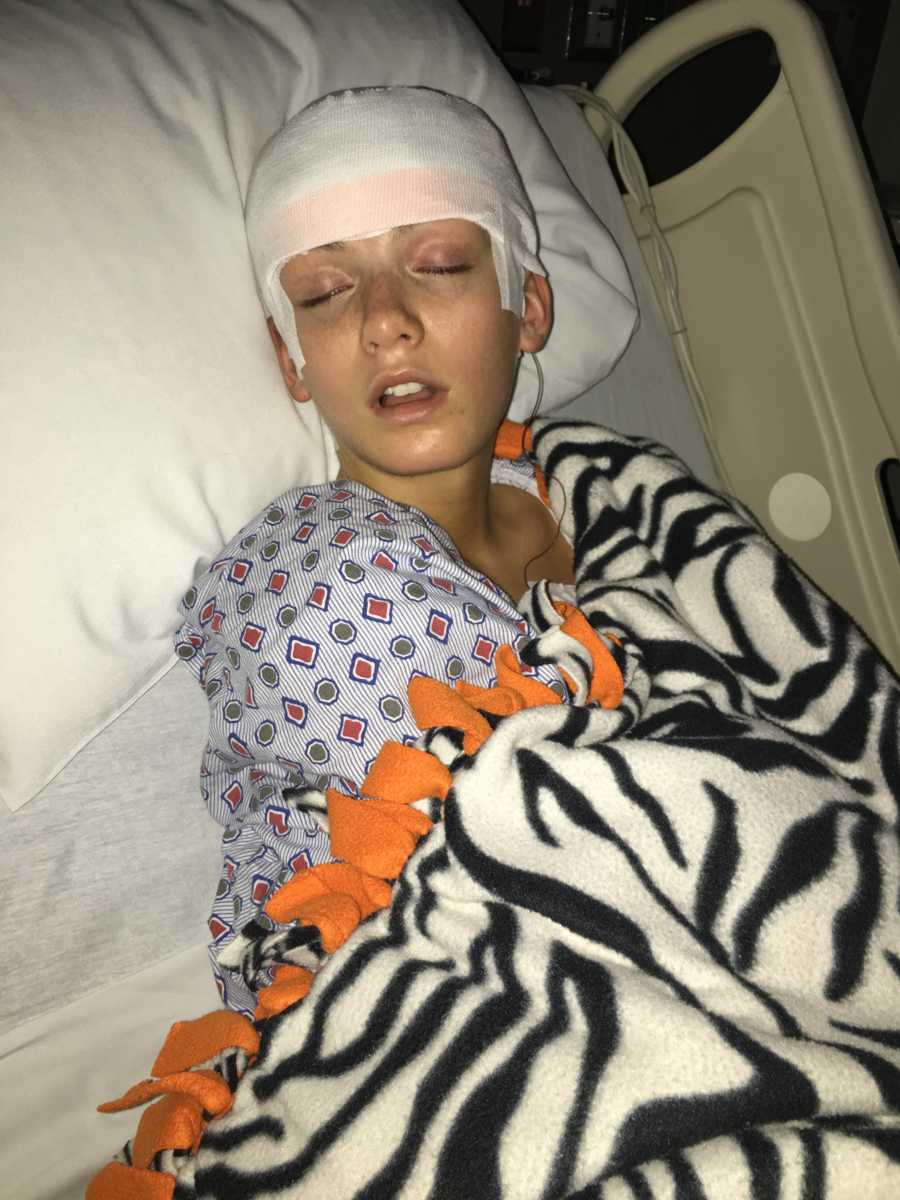
Emily has not slept alone for the last 8 years because I am afraid something will happen to her while she is asleep. It is hard to put into words how incredibly scared we are as her family, and at the same time, we try to provide as normal a life for her and our other four children as possible. I have not been able to work outside the home for the last 8 years, as Emily requires constant care around the clock.
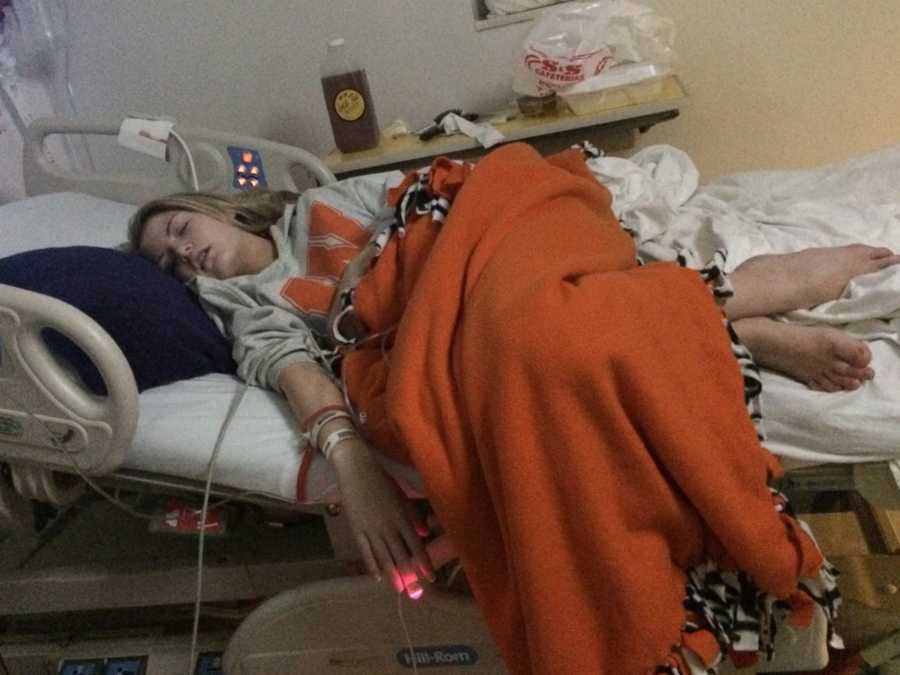
Emily’s current official diagnoses are Focal seizures with loss of consciousness, ESES and epileptic encephalopathy. Unlike most people who have seizure disorders, Emily’s entire brain is affected. The seizing does not stay localized to one lobe. Her seizures generalize quickly and spread throughout her entire brain and this, along with her resistance to medications, short honeymoon phases with treatments (we have tried everything from countless traditional anti-seizure meds to nontraditional treatments such as Cannabis oil, IVIG treatments to high-dose steroids to clinical trials with neuro steroids, all which helped, but only for short periods of time, causes her to be a more difficult patient to treat. Emily experiences severe adverse reactions to medications or just simply does not respond well at all to medications that would normally help others with seizure disorders.

She has suffered hallucinations, anaphylactic reactions, kidney stones, nausea, headaches, depression, fatigue, dementia, paranoia, body aches, shortness of breath, rashes, and has landed in the ICU because of severely low blood pressure due sometimes to medications and sometimes because of the epileptic episodes themselves. Much has been taken from Emily. Her ability to go to school, to learn, to drive, probably to have children, to hold a meaningful job, but she still pushes through with the hopes that her upcoming surgeries will help and not hurt her. Her current specialists have recommended her having a VNS stimulator (which is a pacemaker type device that runs electrical pulses though her brain to help regulate the electrical activity in her brain as well as detect irregular heart rate and correct that) as well as a brain surgery in which they will remove part of her front left temporal lobe where they have isolated a ‘hot spot’ or origin of the seizures. Surgery is scary, as the outcome, good or bad, will be permanent.
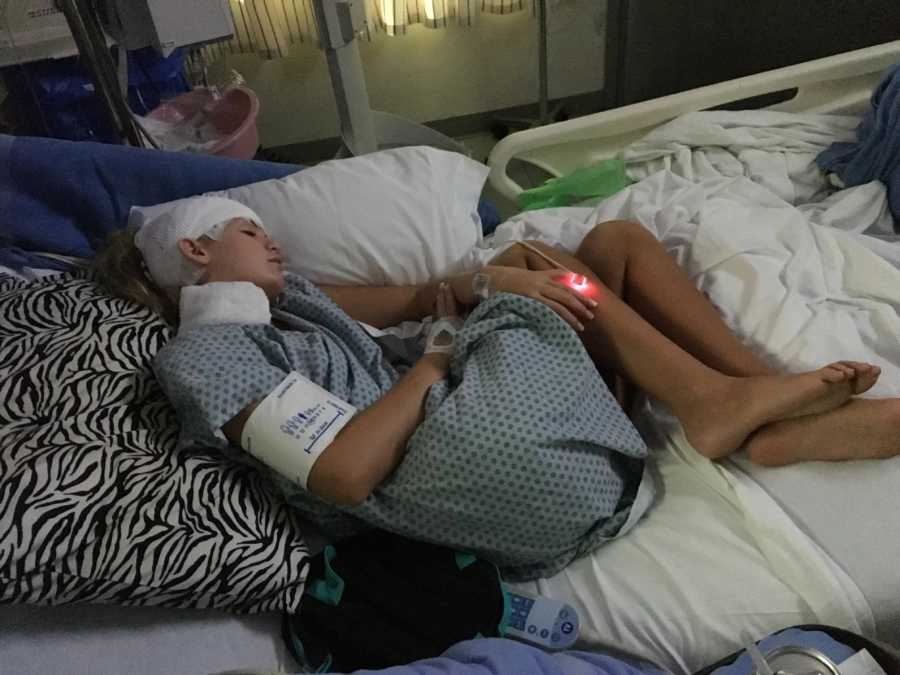
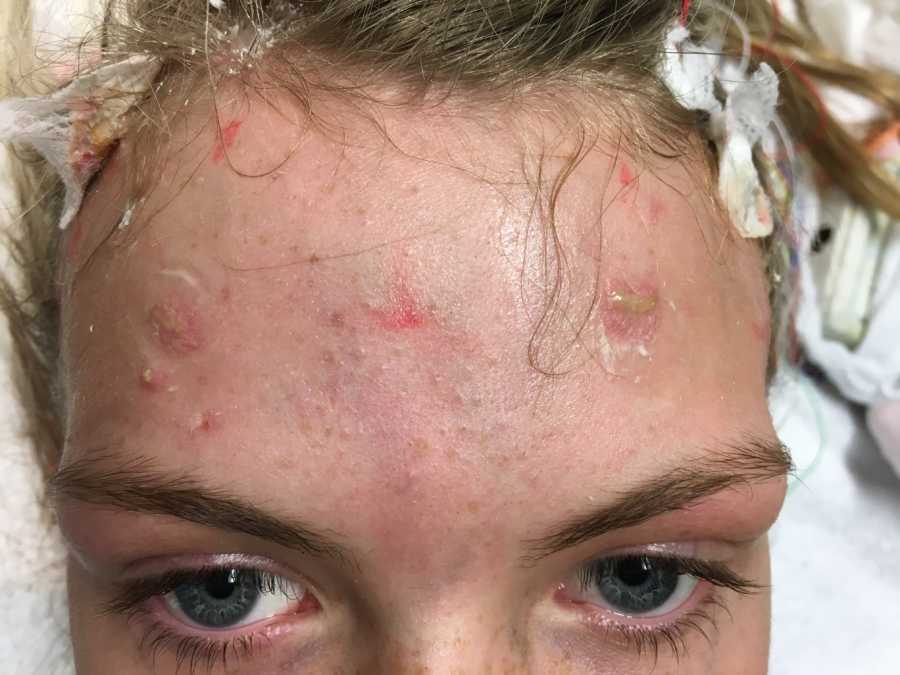
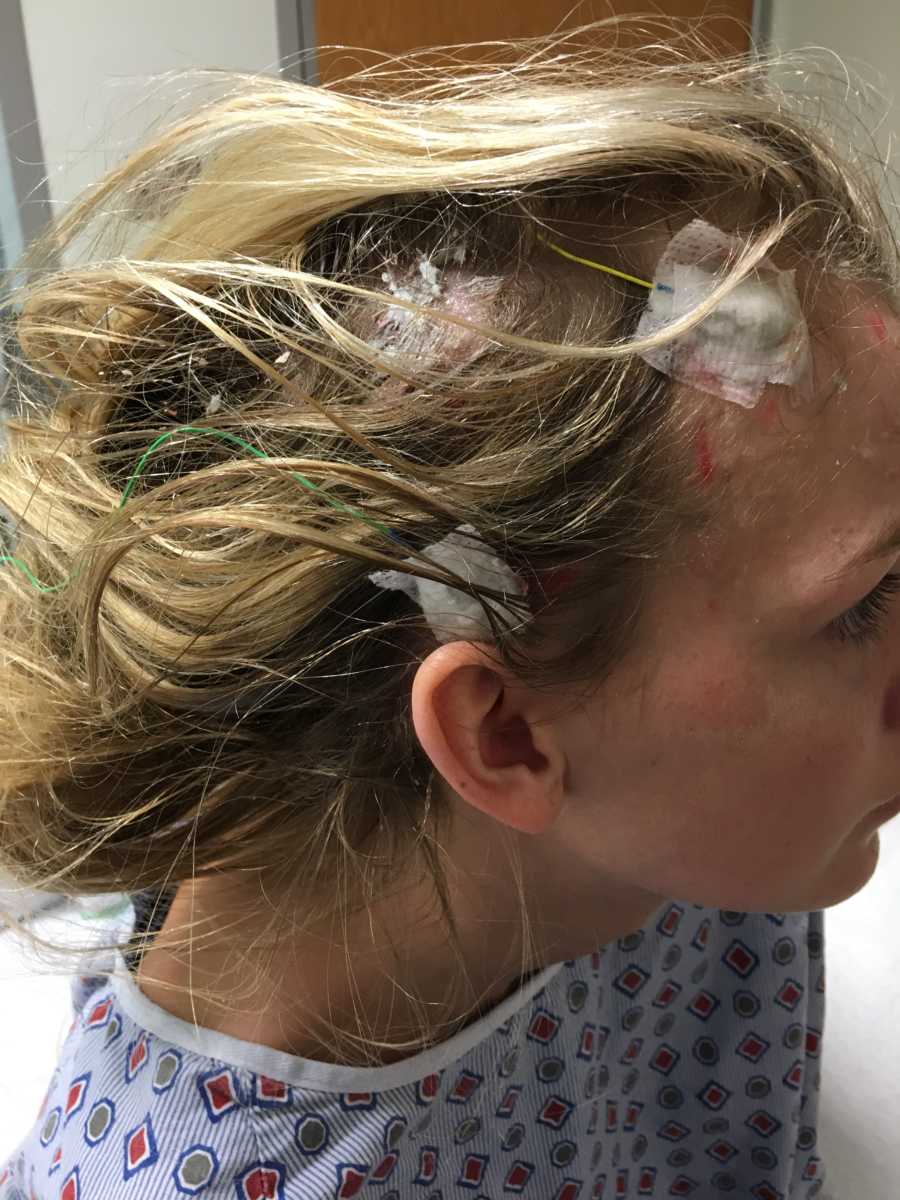
The left temporal lobe controls sensory and motor functions as well as memory. For a 16-year-old, this is not something she should have to face, but Emily has had to face this type of thing since she was 9. She has had to have conversations that no child should ever have to have and make decisions that are heart-wrenching. This has been and will continue to be an emotional roller coaster for her as well as everyone who loves her. She often feels alone and misses out on activities because she is ‘asleep’ normally more than 20 hours a day, and that is because when your brain misfires, it gives off a chemical which naturally sedates you.
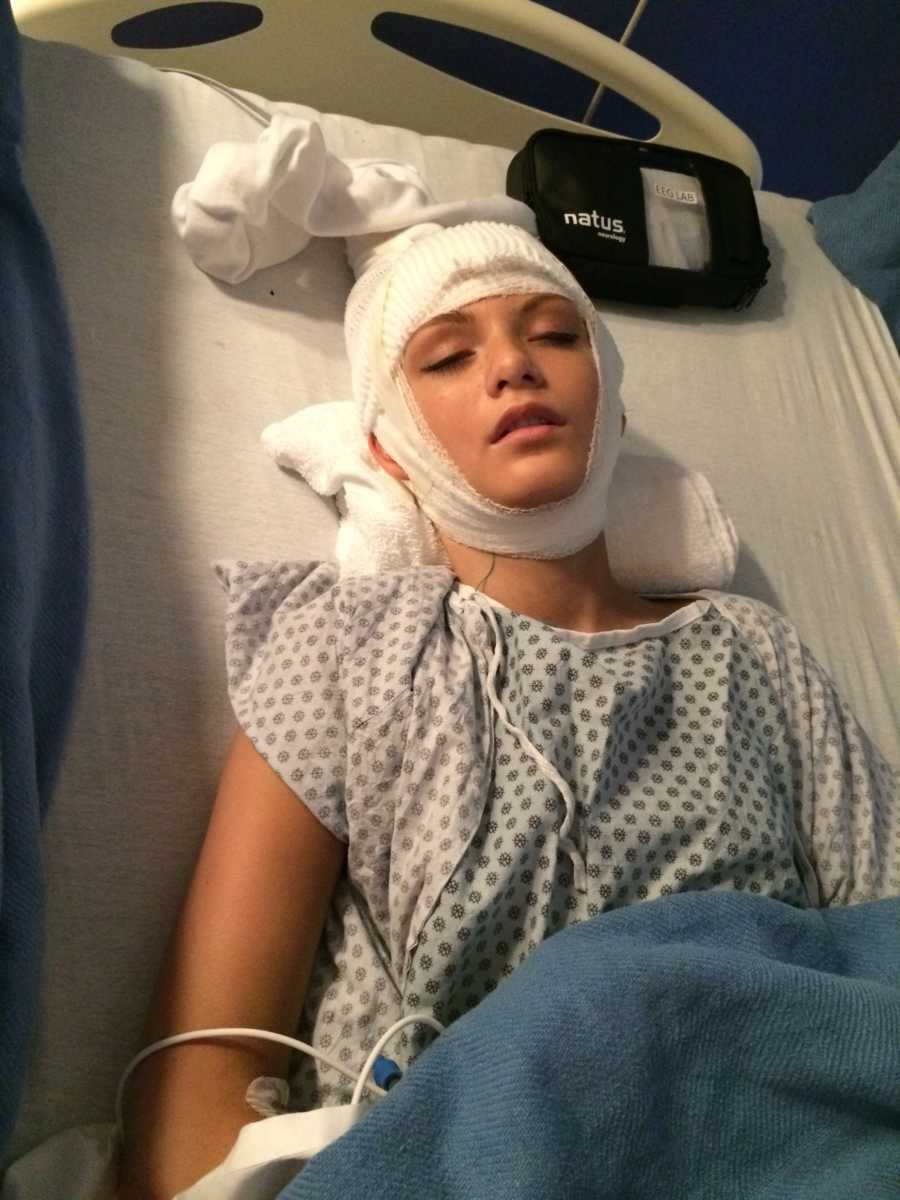
Prom day was a God-given gift, although she struggled and had to be heavily medicated to stop the seizures. She is no longer a student so she could not attend her high school’s prom, but was asked to her boyfriend’s prom who attends another high school in our county. She looked like Cinderella on this special day but lives like Sleeping Beauty. Her boyfriend calls her his Sleeping Beauty.
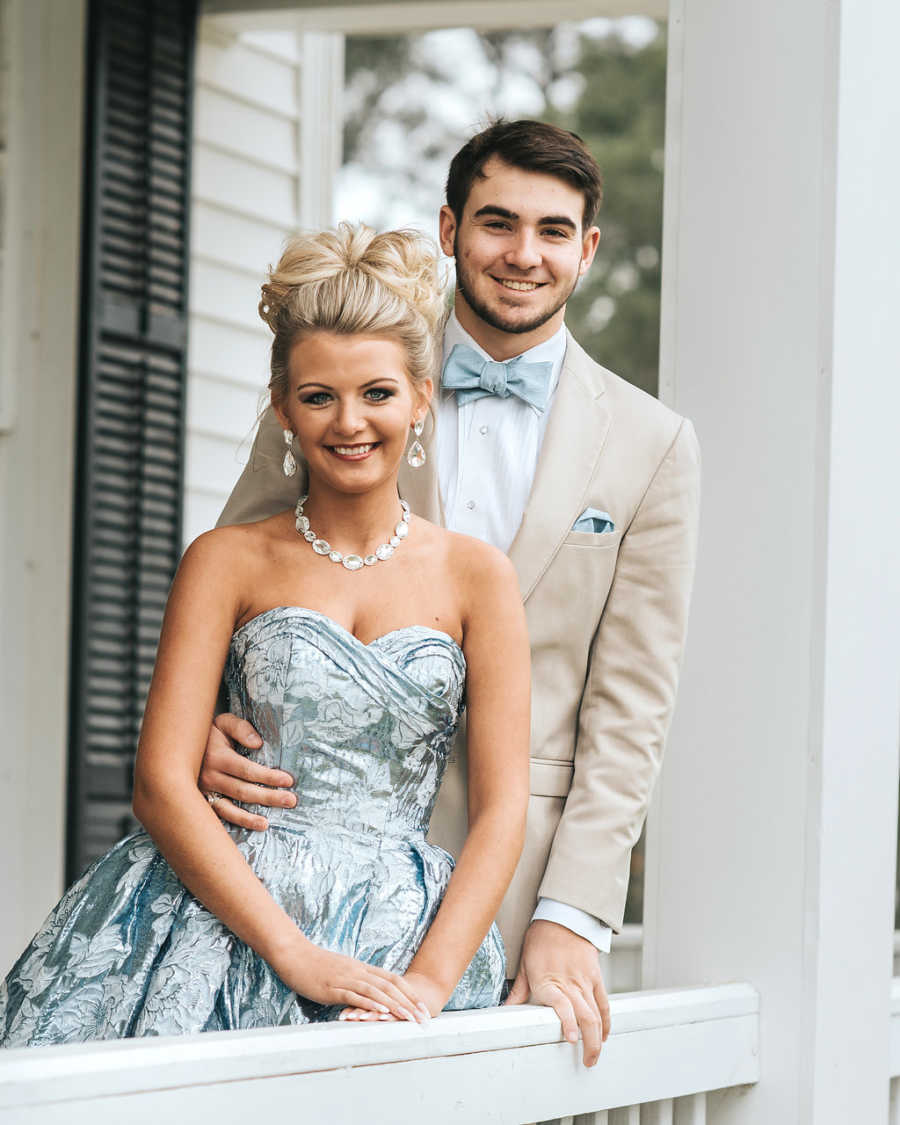
They had a rough go of homecoming this past fall as she experienced a horrendous episode of cluster seizures which caused them to miss dinner and only make a brief appearance at the very end of the dance and then they had to come home, but he did not let that stop him from asking her to go to prom. Emily is always having things taken away from her. We will make plans and 99% of the time she can’t go through with them.
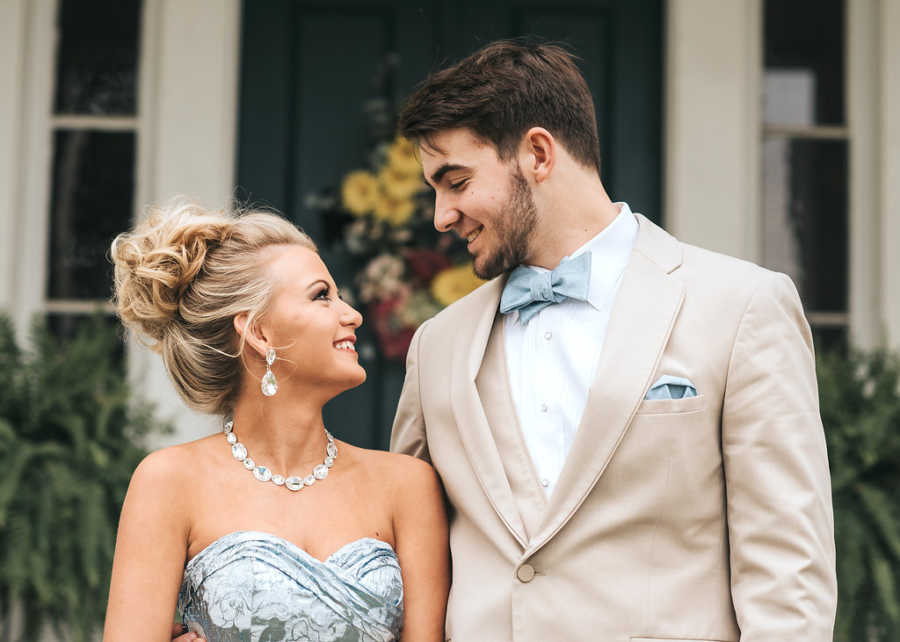
Throughout this journey, we have battled the notion that people have said she is ‘too pretty’ to be as sick as we say she is. They simply don’t believe us. This has even happened with doctors because when we go to her appointments she is dressed nicely and, if she is well enough for me to prop her up to put her makeup on (she can’t do it herself…she can’t close one eye and keep the other open) then she goes with makeup on, which hides just how sick she feels and looks. For her, it’s a mask of sorts. I have to pick out her clothes, fix her hair, often bathe her… stand there while she brushes her teeth because she simply doesn’t have the stamina (because her brain never rests so she does not get restorative sleep) to do it herself, or she forgets what she is supposed to be doing.
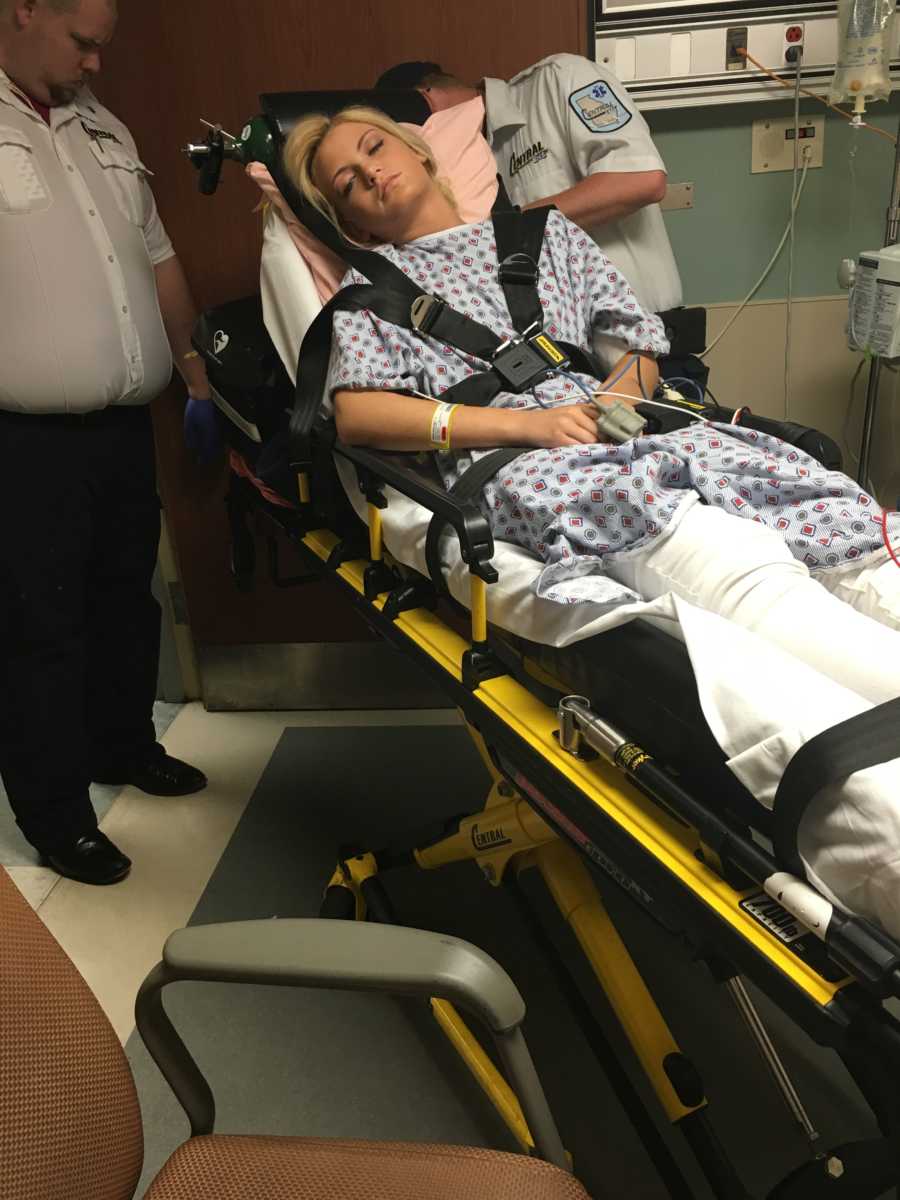
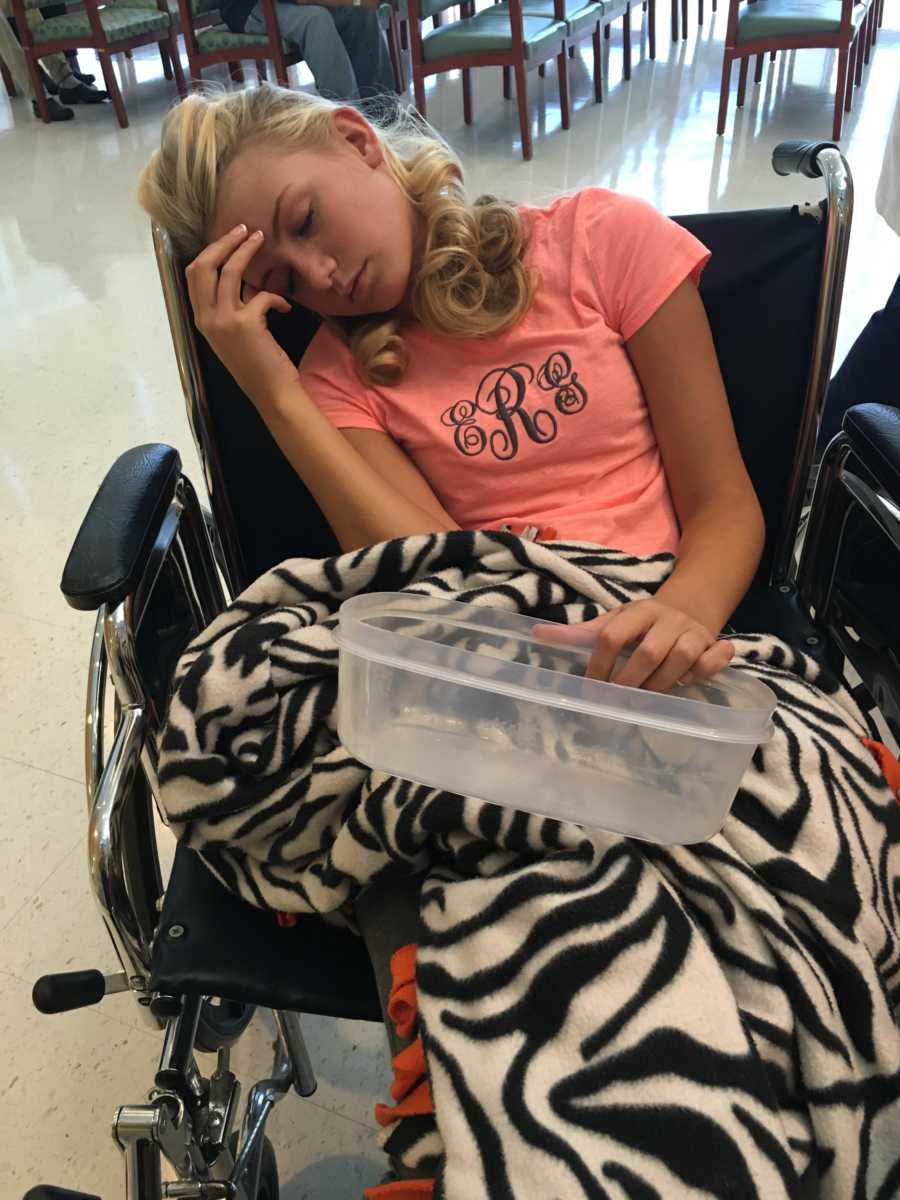
She asks me the same thing countless times a day most days (when she is awake). There have been days where she wakes in a panic because she can’t remember her name or age or how to tie shoes. People she has known her whole life will walk up to us and you can see in her face that she has no clue who they are. When they walk away, she will say, ‘They were talking to me like I’m supposed to know who they are, but I don’t.’ When I tell her who they are and that she does know them, she cries because she feels guilty for forgetting. She feels broken, but on her rare good days, she exudes the most beautiful, sweet, carefree disposition that is entirely magnetic and contagious. She wants more than anything to get well enough to resume her public speaking, possibly become a motivational speaker and ultimately become a wife and a mother.
People we do not know will come up to us and tell us that they have been watching her and that her smile and personality lift them up. She is an inspiration to a multitude of people but sometimes she is in too much pain to see it. She is completely selfless. She loves her brothers and sisters immensely and carries a lot of guilt for their lives having to be altered because of her condition. She loves so deeply and knows the pain of being treated unkindly because she is different. She has had to grow up faster than kids her age which makes it hard for her to relate or for them to relate to her fully because they are just in different places in their lives. She feels stuck between being a kid and being an adult. There is no medication, no amount of forcing yourself to be optimistic that can fix that, but she carries herself in a way that people don’t quite understand just how sick she is. When she is awake, she puts her best foot forward despite how sick she is and always puts others before herself.
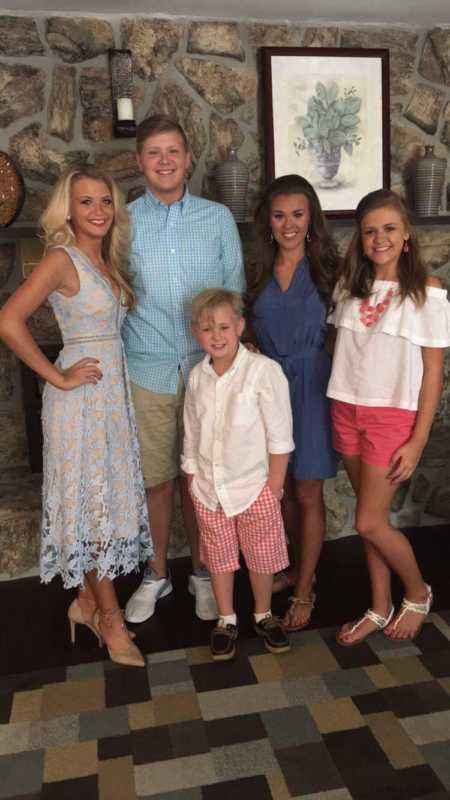
Here is an excerpt from a farewell speech she wrote when she was 13:
‘In closing, I would like to share one last thought, which is sort of my life’s mantra. Throughout life it is easy to feel defeated, to judge others, to allow others to judge you, and to feel slighted when things are not necessarily going our way. I have learned throughout my short journey so far, that it is crucial to be kind. Always. To realize that God gives his hardest battles to His strongest soldiers. To be grateful for your experiences… whether they are good or bad… because they all shape you into the person you become, to know that if you are breathing, you have a purpose, and to view each and every obstacle you face in life as a stepping stone, rather than a stumbling block.’
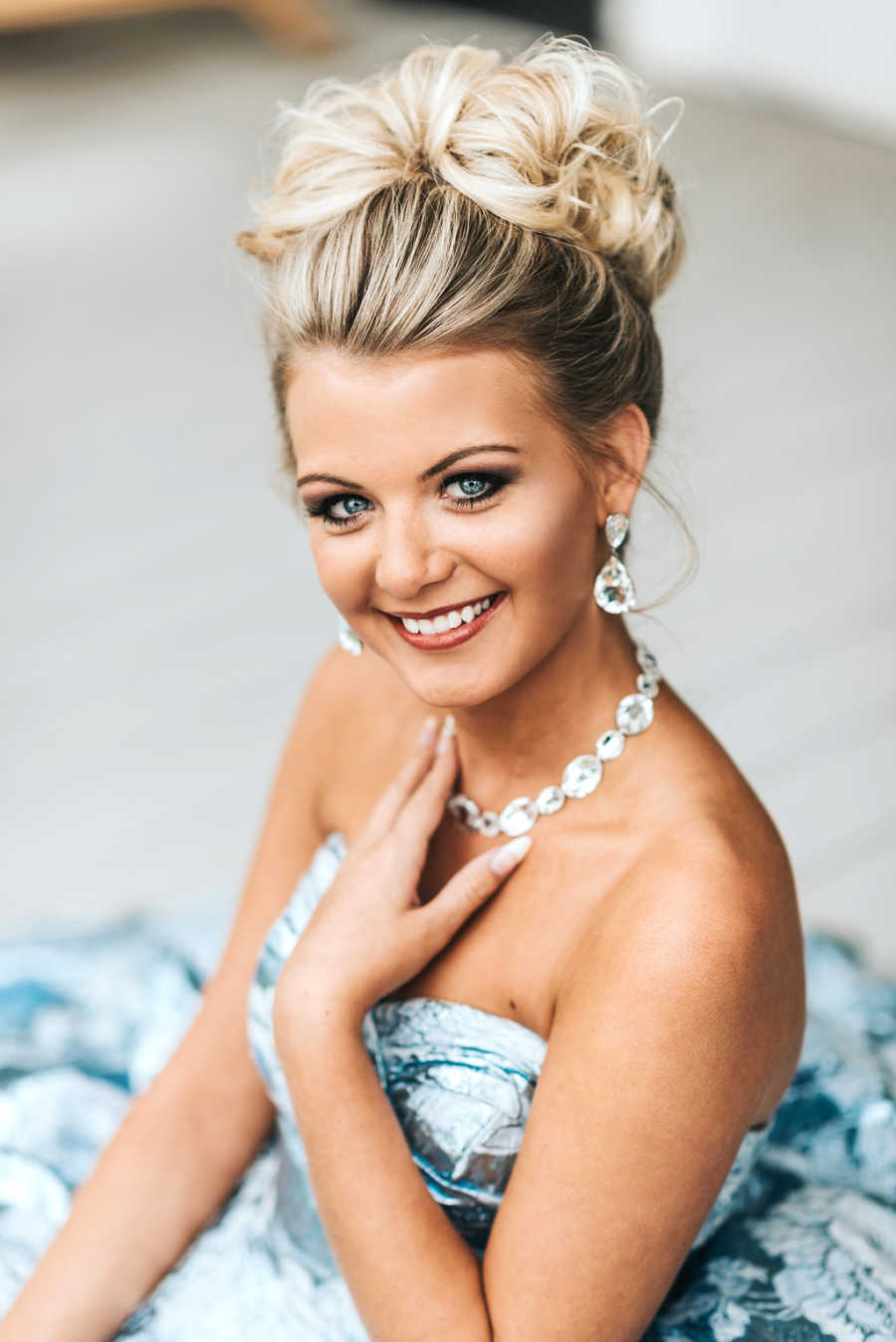
One of the biggest things we have learned as a family is that God WILL give us things that are more than we can handle. The beauty of it is, though, that He does not expect us to do it alone. Our faith and knowing that we do not have to be in control is our solace, and we have faith in Emily as well that she will continue to face adversity with grace, dignity and determination as she always has, and come out of this stronger on the other side.”

This exclusive story was submitted to Love What Matters by Brandi Rowland, Emily’s mom, of Warner Robins, Georgia. Do you have a similar experience? We’d like to hear your important journey.Be sure to subscribe to our free email newsletter for our best stories.
Read more powerful stories like this:
SHARE this story on Facebook if you think this beautiful teen is an inspiration to others who are overcoming obstacles.

